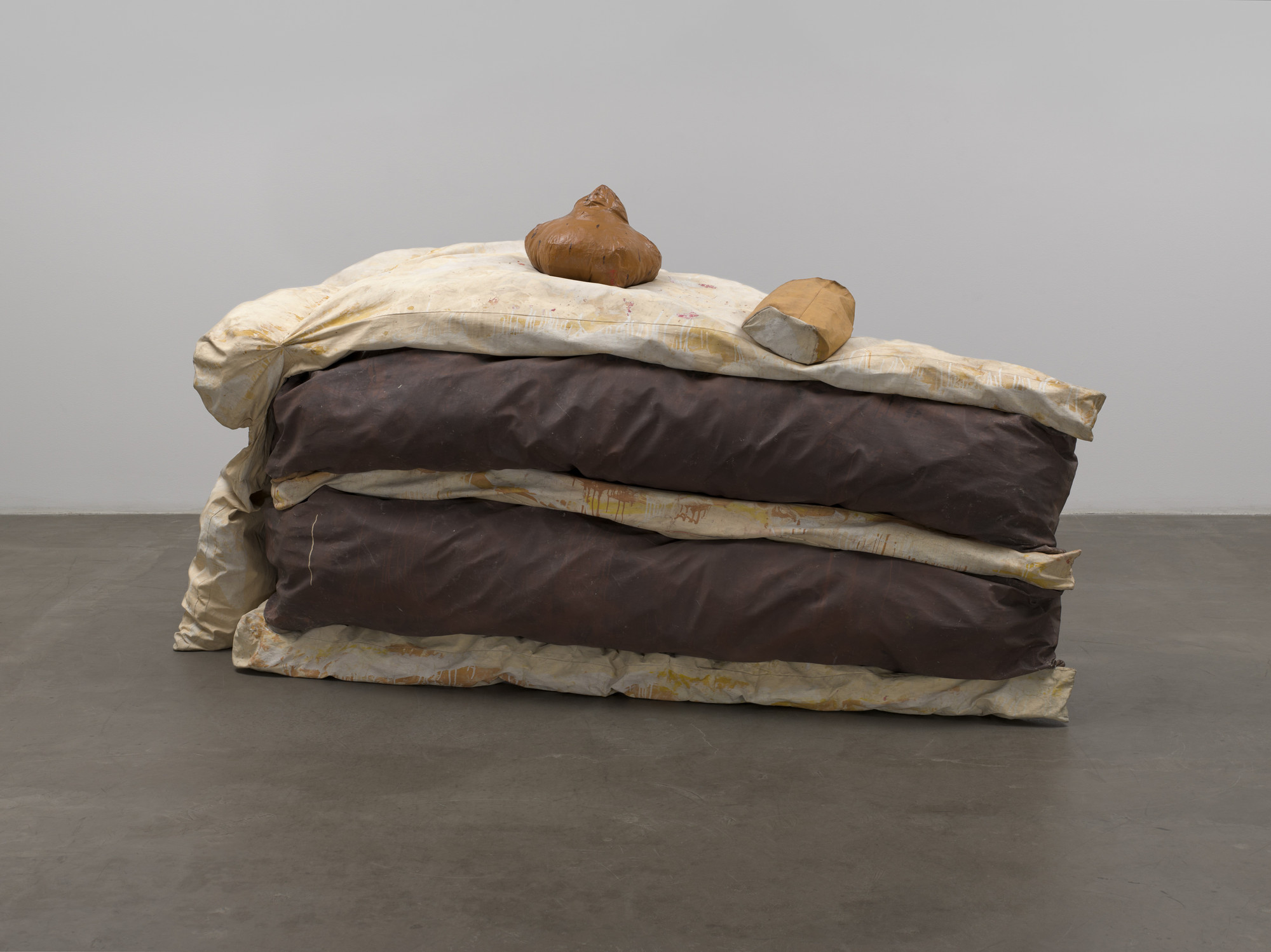

2. Describe how an artist creates asymmetrical balance- post an artwork of your choice and explain how it is balance. When an artist creates asymmetrical balance it means that they are able to achieve equilibrium by using opposing forces. It also means that the left and right of the piece aren't the same but the elements are balanced in their visual weight. "The Rehearsal by Edgar Degas made in the year 1877 creates a balance by using the colors beige for the room and white-ish/ light blue for the skirts creating a color contrast. we also see dancers in the back and front of the painting.

3. How can scale change the meaning of an artwork? Use a visual example of your choice and explain how the meaning is changed through scale. Size is the relation of one thing to another. When the artist makes a simple decision such as how big it will be he is ultimately deciding how the viewer will look and feel about his art work. An example of this is the piece by Claes Oldenburg called "Floor Cake". This is ultimately a giant version of a chocolate cake. By making the art work this size the artist causes a switch in the relationship between food and people. Meaning that normally it is small enough to eat but this time the cake is big enough to eat the person viewing it, making it a little amusing and intimidating.

Hi Abby- good, but your definition in #2 is too vague- it doesn't really explain the way the artwork is balanced- review this principle...
ReplyDelete